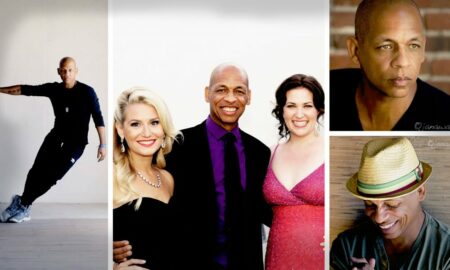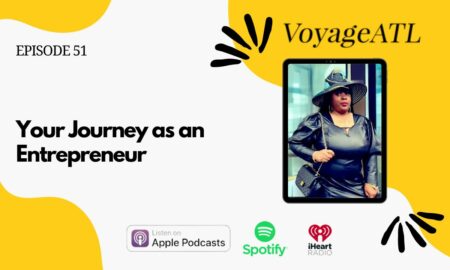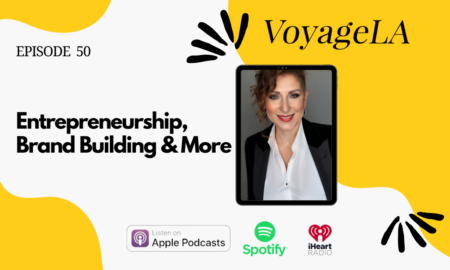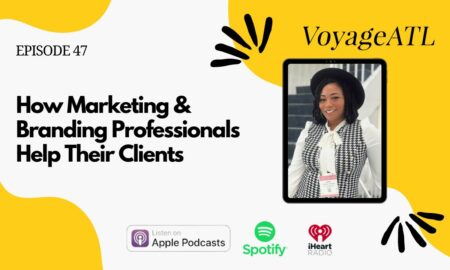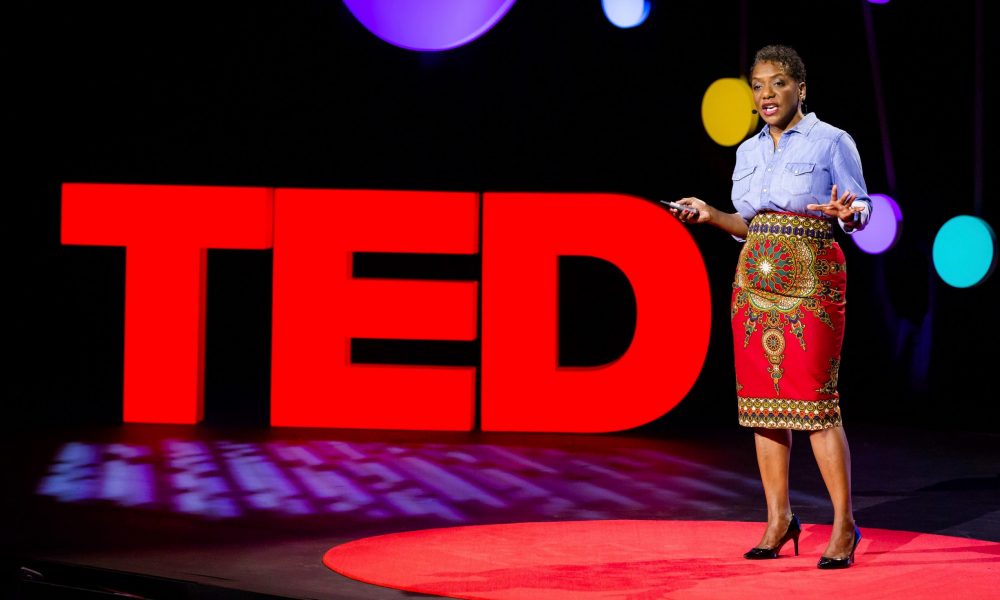

Today we’d like to introduce you to Janet Stovall.
Janet, we appreciate you taking the time to share your story with us today. Where does your story begin?
Before anyone called a school like Davidson College highly selective, I knew it was. I also knew my background was a lot less privileged than many of my classmates. But I figured a shared commitment to the place and the mission would level the playing field. I figured race, gender, social caste didn’t really matter as much… there. But it did. Back in the early 1980’s, Davidson College was a small, predominately white, predominantly male school with a highly privileged student body situated in a small Southern town with a railroad track separating Black from White. Fraternities celebrated Old South Day in full Confederate uniform. The town police stopped Black people on Main Street to ask for ID. There was one Black professor – sometimes – one Black administrator – sometimes – no Black studies classes. As an English major, I responded the best way I knew how – writing and talking. Finally, my junior year, I wrote a plan, something I called Project ’87.
It started Davidson on a new journey toward diversity and inclusion. I graduated with an English degree in 1985. My career evolved from a technical systems analyst role at Morgan Stanley into various corporate and agency marketing and public relations roles. Most recently, I served as speechwriter for the CEO and senior leadership of UPS, one of the world’s largest shipping and logistics companies, with more than 500,000 employees globally. I am one of the few Black speechwriters to have worked at the C-level in the Fortune 500. But I never got over being mad about the lack of diversity. Corporate America was no better than what I’d experienced in college. Indeed, it was worse because so much more was at stake. So, I started – again – talking about what made me mad. And in 2018, while still at UPS, I did a TED talk that challenged business to get serious about diversity and inclusion. I had no idea it would take off like it did, achieving nearly two million views to date. People started asking me to speak, then to teach. I started Pragmatic Diversity to continue that work. Following what makes me mad turned me into something I like to call a diversity pragmatist. Someone who looks for objective ways to deal with some highly subjective issues.
Alright, so let’s dig a little deeper into the story – has it been an easy path overall and if not, what were the challenges you’ve had to overcome?
The TED talk gave me an international platform at a time that was right for all the wrong reasons. Because right now, everybody is talking about diversity – specifically, race. Right now, companies are listening because the world is watching–equity is top of mind, there’s a reckoning underway worldwide. Businesses’ customers are demanding change. However, COVID has slowed the momentum for change, as companies must choose between economic exigencies and cultural transformation. And some companies just aren’t ready to do what they must do to make real change. That’s difficult, personally, to deal with because I’m so invested in this fight, this work. I have to accept that I can’t change this singlehandedly or overnight. It’s not smart to take it personally when a company just isn’t ready to take the steps I know it must, often because they have to devote time and resources to other issues. Sometimes, it’s just business, whether I like that or not.
Thanks – so what else should our readers know about Pragmatic Diversity?
Pragmatic Diversity helps business advance diversity, equity and inclusion by replacing aspirational goals with actionable solutions. Pragmatic Diversity does this with presentations that inspire action and workshops or consulting that enable it. Our approach deals with business realities, DE&I as a business asset and straightforward, objective solutions as the key to unlocking that value.
What was your favorite childhood memory?
I was a voracious reader. On Saturdays, my father would take me to the public library and I would check out the full complement of books allowed – six – and bury myself in books for the rest of the weekend. I generally worked my way through the stack a good day before it was time to go back. When the weather was good, I’d climb out my bedroom window and read on the roof. I don’t think my parents knew I was doing that. I’m sure they would not have approved.
Contact Info:
- Email: jstovall@pragmaticdiversity.com
- Website: pragmaticdiversity.com
- Facebook: https://www.facebook.com/StovallSpeaks
- Twitter: @janetmariestov
- Other: https://www.ted.com/talks/janet_stovall_how_to_get_serious_about_diversity_and_inclusion_in_the_workplace?language=en



